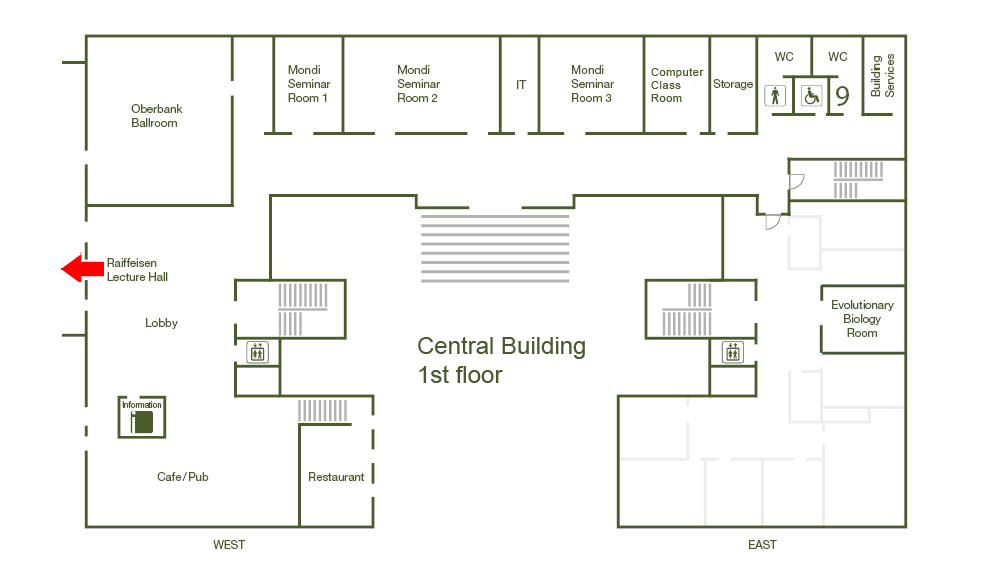The Institute Colloquium: Genetically supervised axial (self) organization in aggrega
Date
Monday, November 21, 2016 16:00 - 17:15
Speaker
Alfonso Martinez Arias (University of Cmabridge)
Location
Raiffeisen Lecture Hall, Central Building
Series
Colloquium
Tags
Institute Colloquium
Contact

Embryonic Stem (ES) cells are clonal derivatives from the blastocysts of mammalian embryos which have the potential to give rise to all lineages of the embryo and the ability to self-renew this ability. Mouse ES cells have proven an excellent system in which to study developmental events, in particular the mechanisms of cell fate decisions. However, while it is easy to coax them into elements of different tissues in culture, they do not organize themselves as they do in embryos. Non adherent culture leads them to form aggregates in which some cell types appear in clusters but there is no overall organization. Recently we have developed a non-adherent culture system in which small aggregates of mouse ES cells undergo symmetry breaking, polarized gene expression and growth and gastrulation like movements in vitro. Using a variety of reporter ES cell lines and comparison with the embryo we observe organization of Wnt, Nodal and FGF signaling that mirrors events in the embryo and have shown that they can develop in culture until an equivalent of embryonic day 9 (E9). We observe that these embryonic organoids develop anteroposterior, dorsoventral as well as bilateral asymmetries. Analysis of pattern formation in these aggregates suggests that they do not develop through standard self-organization but that there is a strong genetic components to what otherwise would be simple thermodynamically driven process. These issues will be discussed in course of the talk. An important value of this organoid system is the ability to generate spatially organized niches and we have used this system to study the emergence and dynamics of a stem/progenitor population that gives rise to the spinal cord and the paraxial mesoderm.